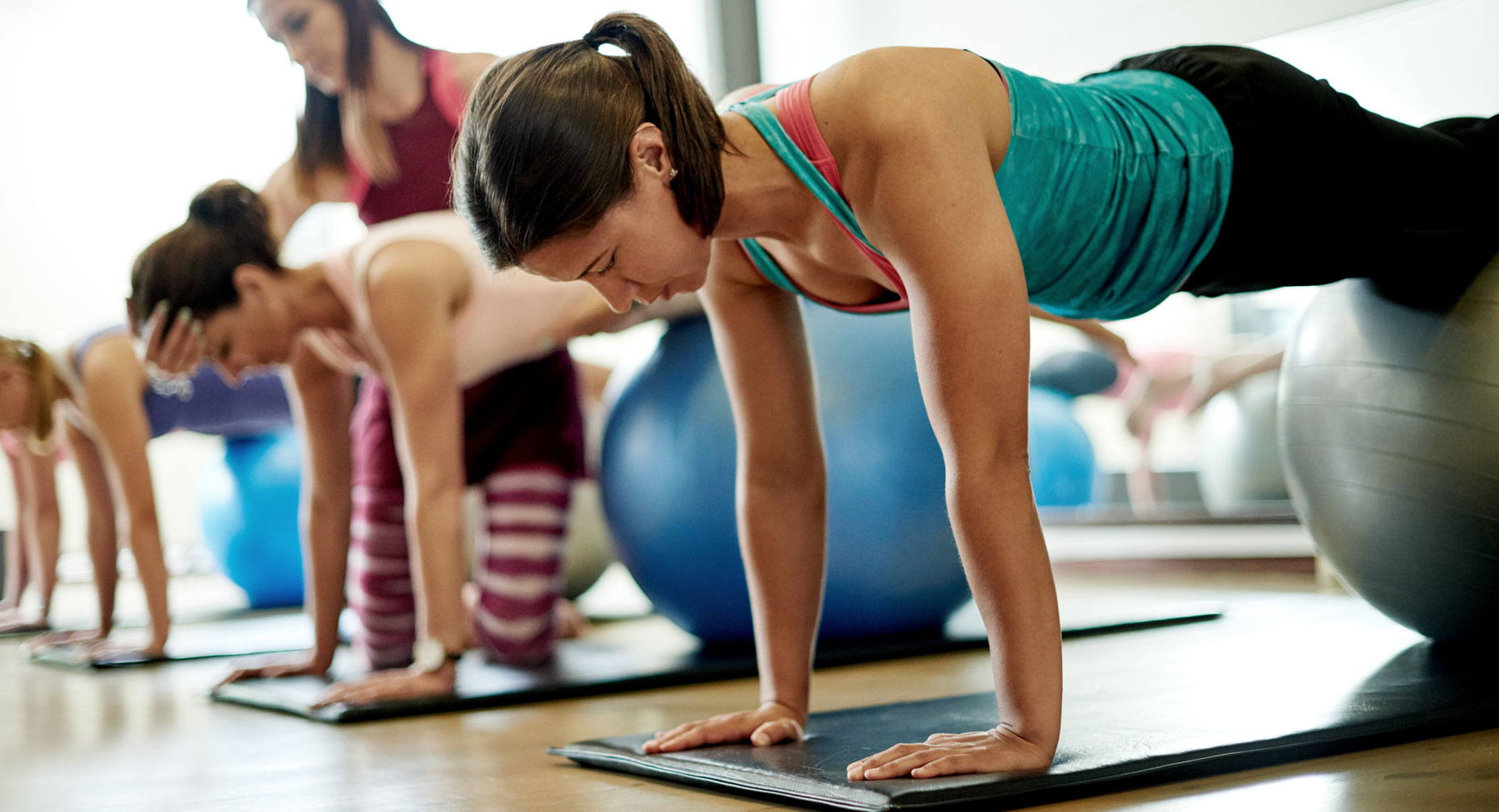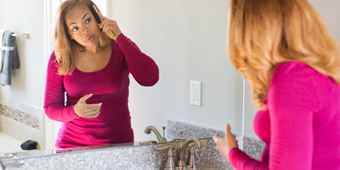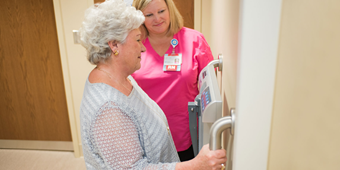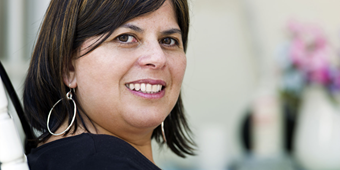Are You at Risk for Endometriosis?

Answer a few questions and we'll provide you with a list of primary care providers that best fit your needs.
About one in 10 women of childbearing age has endometriosis. It can affect fertility, so it’s important to know if you or your daughters are at risk. The disorder is sometimes painful, with tissue that normally lines the uterus growing in the pelvis and other places outside the uterus.
Endometriosis may occur in any girl or woman who has menstrual periods, but it is most common in women in their 30s and 40s.
What Are My Chances of Getting Endometriosis?
Your risk of getting endometriosis rises if you have:
- Never had children
- Given birth for the first time after age 30
- Periods that started at an early age (before age 11)
- Menstrual periods that last more than seven days
- Short menstrual cycles (27 days or fewer)
- A mother, aunt, sister or daughter with the disease (about six times more likely than the average childbearing woman)
- A health problem that blocks the normal flow of menstrual blood from your body during your period
- An abnormal uterus
Women who are white also have a greater chance of developing the condition.
Are You at Risk for Endometriosis? Take the test.
Take These Steps to Lower Your Risk of Endometriosis
You can’t prevent endometriosis, but some factors lower your risk. If you started menstruating late in adolescence or you’ve been pregnant, studies show you have a lower risk of developing endometriosis.
It can affect fertility, so it’s important to know if you or your daughters are at risk.
Lowering levels of the hormone estrogen in your body also reduces your chances of developing the condition. Estrogen triggers the lining of your uterus to thicken during your menstrual cycle.

To keep lower estrogen levels in your body, you can:
- Exercise more than four hours a week.
- Maintain a low percentage of body fat to decrease the amount of estrogen circulating through your body.
- Drink no more than one alcoholic drink per day.
- Steer clear of caffeine, especially sodas and green tea. Limit yourself to no more than one caffeinated drink a day.
- If you are using birth control methods such as pills, patches or rings, choose those with lower doses of estrogen.
Learn more about the signs and symptoms of endometriosis.
Answer a few questions and we'll provide you with a list of primary care providers that best fit your needs.
Source: WomensHealth.gov; National Institutes of Health




